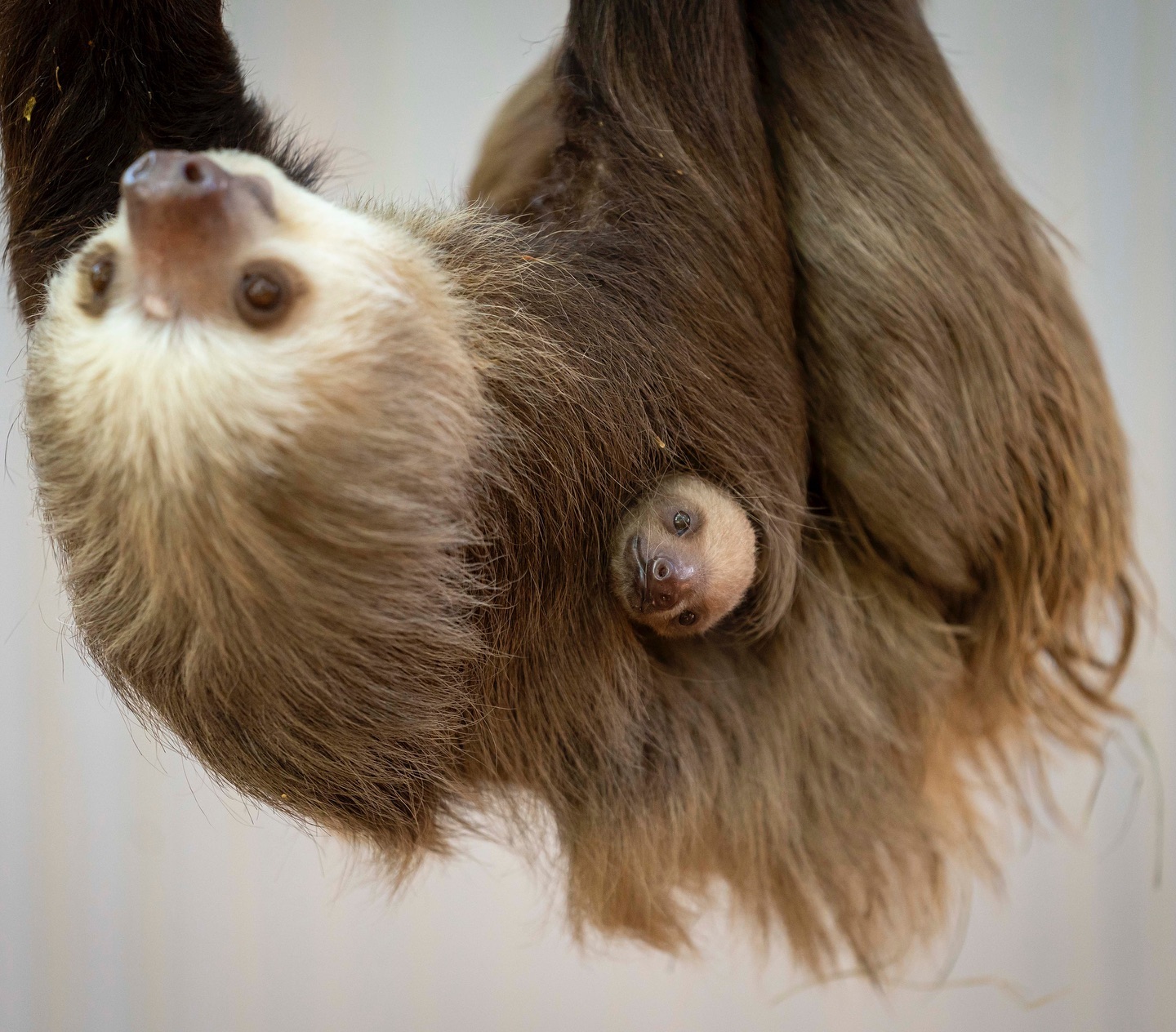- The significance of name selection in animal conservation and public engagement
- Understanding the biological and ecological characteristics of sloths
- The role of zoos in wildlife conservation and education
- How public participation in events like “LET’S NAME THIS BABY!” benefits zoological initiatives
- The impact of literature and cultural references on naming conservation ambassadors
Engaging with the public to help determine the name of a new baby animal is a popular and effective method zoos use to foster a connection between visitors and the inhabitants they house, such as a baby sloth. As Wilbur’s baby sloth awaits a name, the event named “LET’S NAME THIS BABY!” introduces a democratic element into the otherwise routine tasks of animal caregiving and zoo administration. By offering neutral names that have the potential to resonate greatly with a wide audience, the responsibility to christen a baby animal turns into a collective, educational endeavor that provides insight into both animal behavior and cultural significance.
The process of naming an animal is more than whimsy. Names can reflect an individual animal’s traits or their species’ characteristics or serve to honor a noteworthy individual or character from literature or history. Regarding wildlife conservation, a well-chosen name can become a powerful tool for engaging the public’s affection and attention towards a species. For instance, the name E.B., after E.B. White, draws attention to the writer’s contribution to literature and offers educational opportunities regarding anthropomorphism and storytelling in animal-related conservation.
Sloths are fascinating creatures whose slow-paced lifestyles and unique adaptations have captivated many. They are often found in the rainforests of Central and South America, living a largely arboreal life. Their slow movements are an adaptation to conserve energy, while their diet primarily consists of leaves, which are not nutrient-dense. Sloths are also known for their symbiotic relationships with the ecosystem, including the moss that can grow on their fur, which inspired one of the baby sloth’s potential names.
The role of zoos extends beyond the entertainment of visitors. Modern zoos are significant contributors to wildlife conservation, research, and education. They provide sanctuary for many species facing challenges in the wild and often participate in breeding programs to help bolster populations. Moreover, educational programs and events like animal naming engage the public and allow zoos to disseminate important conservation messages.
By including the public in events like “LET’S NAME THIS BABY!”, zoos create a sense of ownership and investment in the animal’s wellbeing among visitors and social media followers. This raises awareness about the particular species and stimulates interest in the broader topics of biodiversity and environmental protection. By learning about and participating in the life of a zoo-resident animal, people can develop a personal connection that inspires them to learn more and potentially contribute to conservation efforts.
Literature and cultural references, like those provided in the naming options, play a significant role in how animals can serve as ambassadors for conservation. When a sloth is named Fern, after the protagonist of “Charlotte’s Web”, it evokes a story that champions friendship, empathy, and life cycles, all of which are important themes in conservation. Similarly, literary references can act as educational touchpoints, enabling visitors to relate better to the animal and recall important conservation messages.
Through this event, the zoo not only aims to pinpoint a suitable moniker for Wilbur’s offspring, but it also aspires to educate the public about the importance of sloth conservation and the broader environmental issues affecting diverse species across the globe. The baby sloth becomes a living symbol of the zoo’s conservation mission, bridging gaps between humans and wildlife and serving as a reminder of our shared responsibility to protect and cherish these wonderful creatures and their natural habitats. As we await the final tally of votes, it’s clear that events such as “LET’S NAME THIS BABY!” are more than mere amusement; they’re a critical component of the educational and conservation efforts that support the future of zoos and the invaluable life they protect.
*****
Source Description
LET’S NAME THIS BABY!
The voting continues! We need you to help us name Wilbur’s baby. Since we won’t know it’s sex for several more months, members of our animal care team have selected a list of neutral names for you all to choose from. There are two ways to vote:
1. Cast your vote in the comments of any dedicated ‘sloth naming’ social media post.
2. Come to the Zoo and vote in person. Just follow the signs!
The naming options are as follows:
A) E.B. —> After E.B. White, the author of Charlotte’s Web.
B) Charlie —> An alternative “Charlie’s Webb”.
C) DJ —> “Dustin Junior” after the father, Dustin.
D) Fern —> After the protagonist of Charlotte’s Web.
E) Moss —> Moss is often found on sloths in the wild.
Voting will end on May 27th!


